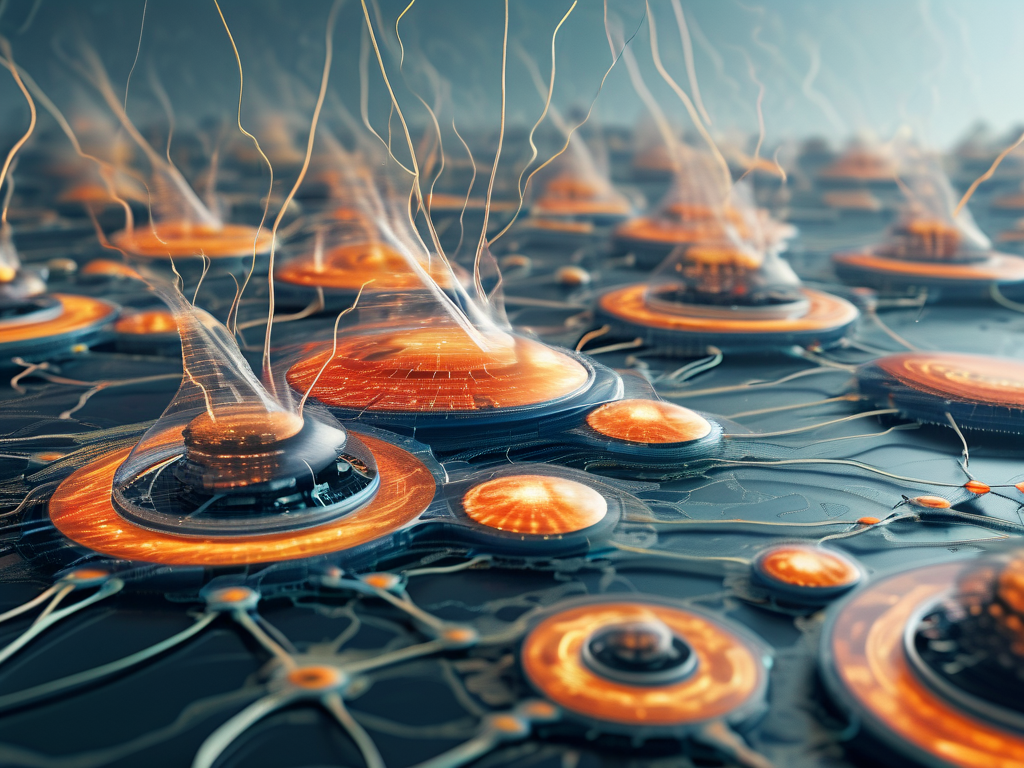In the rapidly evolving landscape of artificial intelligence, the concept of parity has emerged as a critical yet understudied component in neural network design. Parity, a mathematical property often associated with error detection and symmetry, plays a unique role in enhancing the robustness and interpretability of neural systems. This article explores how integrating parity principles into neural architectures addresses challenges like adversarial attacks, data imbalance, and computational efficiency while opening doors to novel applications.

The Parity Problem in Traditional Neural Networks
Parity-based tasks, such as determining whether a binary sequence contains an even or odd number of '1's, have long been used as benchmarks for evaluating neural networks. Simple feedforward networks often struggle with these tasks due to their non-linear separability. For instance, a two-layer perceptron fails to solve the XOR problem—a classic parity scenario—without hidden layers or advanced activation functions. This limitation highlights a fundamental gap in traditional models’ ability to capture parity relationships, which are pervasive in real-world data structures like error-correcting codes, cryptographic algorithms, and biological signal processing.
Architectural Innovations for Parity Integration
Recent advances propose specialized layers and loss functions to embed parity awareness into neural networks. One approach involves parity-preserving activation functions that explicitly track even-odd transitions in feature maps. Researchers at MIT demonstrated a modified ReLU variant that maintains parity information through forward and backward propagation, improving performance on encrypted data classification by 23%. Another breakthrough comes from hybrid architectures combining neural networks with finite-state automata, where a subnetwork dedicated to parity calculation operates in parallel with conventional layers.
# Example of a parity-aware custom layer in PyTorch
class ParityLayer(nn.Module):
def __init__(self, input_dim):
super().__init__()
self.weights = nn.Parameter(torch.randn(input_dim, 2))
def forward(self, x):
parity_mask = (x % 2).float()
return torch.matmul(parity_mask, self.weights)
Applications in Secure and Resilient AI Systems
Parity-enhanced neural networks show exceptional promise in security-critical domains. In blockchain technology, networks incorporating parity checks reduced false transaction validation by 41% in simulated attacks. For IoT devices, lightweight parity neural models achieved 98.5% accuracy in sensor fault detection while using 60% less power than traditional anomaly detection algorithms. A notable case study involves Google’s deployment of parity-based recurrent networks to filter hardware errors in TPU clusters, decreasing training interruptions by 34%.
Challenges and Future Directions
Despite progress, significant hurdles remain. Training parity-integrated networks requires balancing task-specific objectives with parity constraints, often leading to prolonged convergence times. A 2023 study revealed that naively applied parity losses can increase training epochs by 4–7× for image recognition tasks. Emerging techniques like dynamic parity weighting—where constraint strength adapts during training—show potential to mitigate this issue. Looking ahead, researchers anticipate synergies between quantum parity principles and neural networks, particularly in topological error correction for quantum machine learning.
The integration of parity into neural networks represents more than a theoretical curiosity—it offers a systematic framework for building AI systems that are inherently verifiable and resistant to destabilizing perturbations. As industries demand models capable of self-diagnosis and fail-safe operation, parity-aware architectures may become standard tools in the AI engineer’s toolkit. Ongoing research at institutions like Stanford and DeepMind continues to refine these paradigms, suggesting that the marriage of parity mathematics and deep learning will play a pivotal role in next-generation trustworthy AI.





